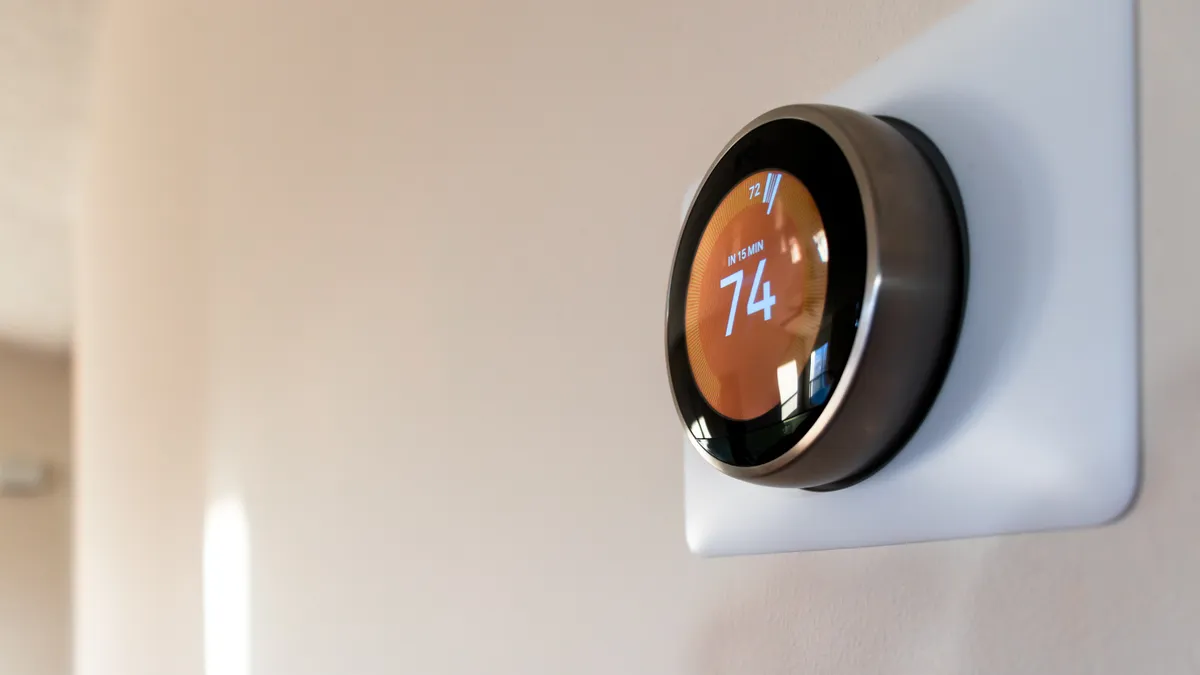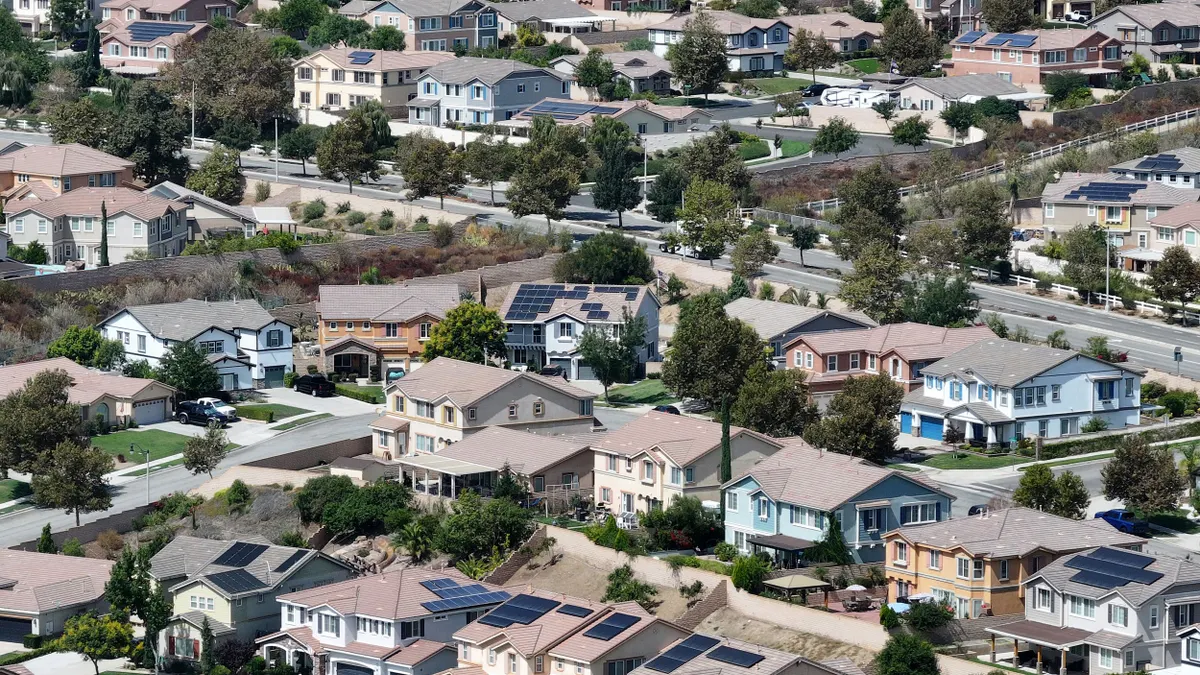It’s a classic problem for deregulated utilities and electricity retailers: When everyone’s selling power off the same grid, how do you differentiate yourself from the competition?
Some retailers try offering a cleaner energy mix, others go for the cheapest power possible. But increasingly, utilities and retailers in every type of market are moving toward the model of a “trusted energy advisor,” trying to set themselves apart by helping their customers better manage their energy consumption and save money.
That business model is behind the latest technology buy from TXU Energy, one of the biggest electricity retailers in Texas. Last week, the company announced it had signed contracts with startup Bidgely for its energy disaggregation software. It’s a move that Jennifer Pulliam, senior director of demand-side management product development at TXU, says should help the retailer keep customers in Texas’ cutthroat electricity markets.
“It’s a very, very competitive retail environment. We have 50-plus competitors who are slugging it out with us every single day to garner customers and relationships,” Pulliam told Utility Dive. “From our perspective, we had our MyEnergy Dashboard out there for a couple of years now, and this [technology] allows us to to take that platform to the next level.”
Bidgely’s disaggregation technology
Founded in a garage in Mountain View, California, in 2011, Bidgely's business is built around energy disaggregation. Its software, says Pulliam, allows TXU to take data from its smart meter infrastructure and “break it down to the consumption associated with individual appliances without having to put any additional technology in the customer’s home.”
Every appliance’s electric demand leaves a “fingerprint” that Bidgely's technology can track and report to consumers and the power company, Bidgely CEO and founder Abhay Gupta told Utility Dive. That allows the company to specifically identify points of demand and report them to customers online, through a mobile app, or on their bill.
“Like your phone bill, bank bills, credit card bills have line items, your energy bills will now have information on where the money went,” Gupta said. “For decades, people ignored their energy statements because they didn’t have an option … But now people will have the option to look deeper here and say ‘Where’s the money going? … How can I be more efficient?’”
Company tests have shown the software can cut significantly reduce demand. “We’ve proven 6% energy savings through several measurements,” Gupta said.
The technology, and the savings it enables, will help TXU build more loyal relationships with its 1.5 million customers, Pulliam said.
“It allows us to help explain to customers … how to better manage their usage and inform how they buy and use electricity,” she said. “We believe that’s going to create a different-shaded customer experience and allow us to keep those customer relationships for the long term.”
In a market that is as competitive as Texas, a new customer service can help attract new customers and keep existing ones.
“I do believe that we continue to focus on ensuring that when customers make choice—and they do that a lot in Texas—that they keep us top of mind because of the service platform,” she said. “They can switch very quickly. For example, if you call before five, [your electricity provider] can be switched that night … so it’s more important than ever for us to be able to proactively meet customers’ needs.”
Energy disaggregation and demand response
Bidgely’s technology holds great promise for demand response, according to Gupta. Disaggregation technology can give utilities and retailers more tools to make load reduction requests more targeted.
Instead of more traditional demand response programs, where consumers self-select to receive smart thermostats and power down during peak demand, disaggregation will allow utilities to bring nearly every consumer into the fold, Gupta said.
On a hot day, “using the disaggregation you can figure out where the cooling (air conditioning) load is, who is cooling, and who is using it in the middle of the day, 2-8pm, Monday-Friday,” he said.
Once utilities have that information, Bidgely’s technology allows them to send mobile notifications to only the customers who should cut their power use.
“Now that is targeting,” Gupta said. “You will basically weed out the majority of their free riders and only send your offer to certain customers.”
But why stop at air conditioning? Disaggregation can break down demand by appliance, which allows utilities to target customers with specific requests.
“If someone generally does their dryer load in the middle of the day, you give them the recommendation to shift it after 7 pm,” Gupta said. “By knowing which home should get which recommendation, it becomes a lot more effective.”
The demand response and customer interface capabilities can be extended to distributed generation as well, Gupta said. Bidgely is the only company to provide solar disaggregation, he claimed, giving information to utilities and customers about solar usage.
“Without asking people questions and without getting data from the solar provider like SolarCity or Sunrun, we can use the net metering data from the utility and identify levels of generation and consumption,” he said. “This allows utilities to serve solar customers instead of leaving them to be completely served by their solar providers.”
TXU will not be immediately deploying Bidgely’s technology for demand response, Pulliam said, but there are “opportunities to leverage the insights gleaned [from the software] to optimize demand response from our perspective.” She said TXU will first look to engage customers in different ways—though its mobile app and live employees.
“Another way we will be communicating with our customers is with our call center agents,” she said. “[They] will have the same sets of tools that customers have available to them and they’ll have a much better opportunity to be specific and accurate in the ways customers are using energy, especially as it relates to questions they have about their bills.”
The trusted energy advisor
Do the new capabilities being deployed by TXU signal that the energy retailer is moving towards the ‘trusted energy advisor' model?
“Absolutely,” Pulliam told Utility Dive.
The TXU business model “goes beyond just the grid electricity,” she said.
“We already sell a variety of different products and services in our home warranty plans and iThermostat program,” Pulliam said, “and I think what you’re seeing is a continued evolution to meet a broader set of customers’ needs in respect to energy and how they power their lives.”
Executing that type of shift in business model is all about growing new types of relationships with customers, Gupta said. Bidgely’s technology allows utilities to present money-saving information under their company banner, which he hopes will build a foundational understanding that utilities can leverage.
“If I, as a utility, told a consumer to shut down your appliances because the demand is too high … a consumer may not react. They may not care,” he said. “But if a consumer has been using the utility app in some form or fashion ... then if a utility comes and asks you to do that, you’re much more likely to do it.”
"In influencing consumers, you have to give them something,” Gupta added. “You have to build a relationship, and that’s what we are enabling them to do.”



















